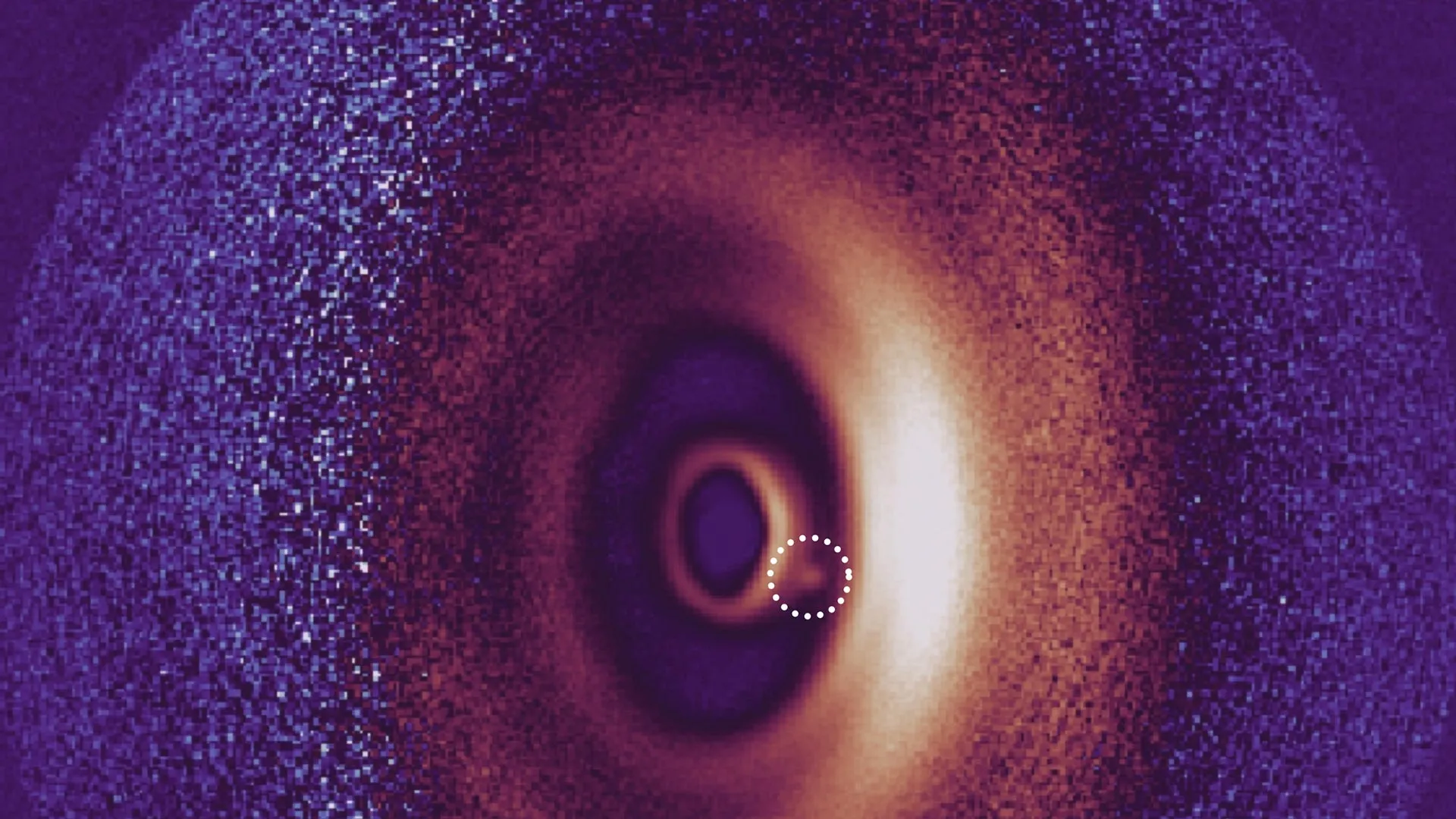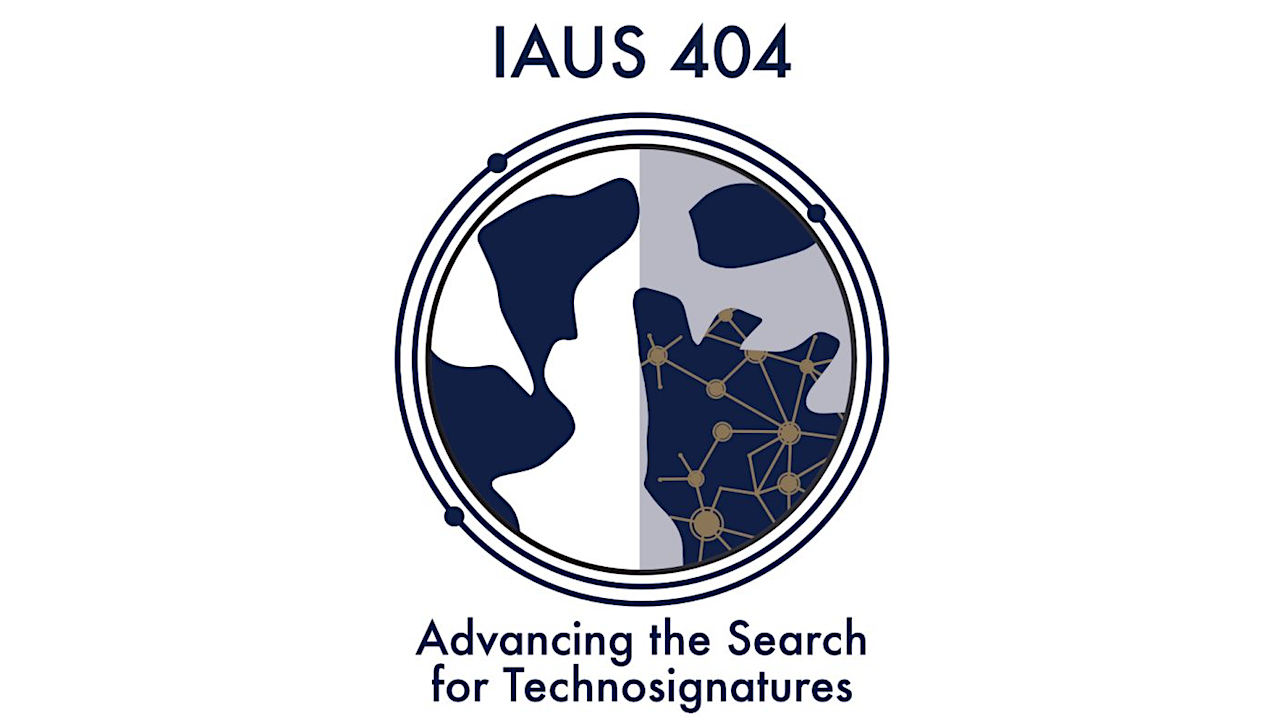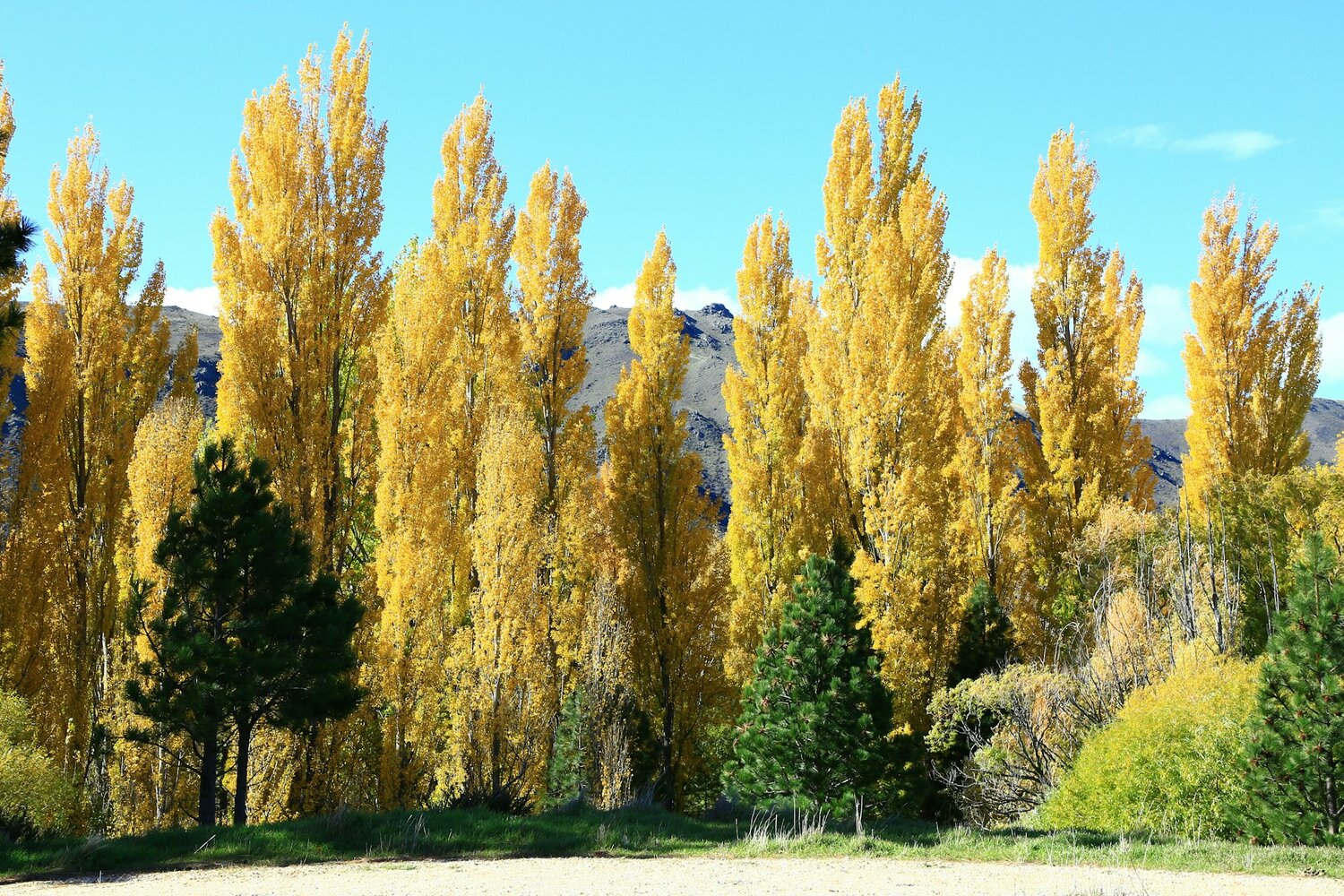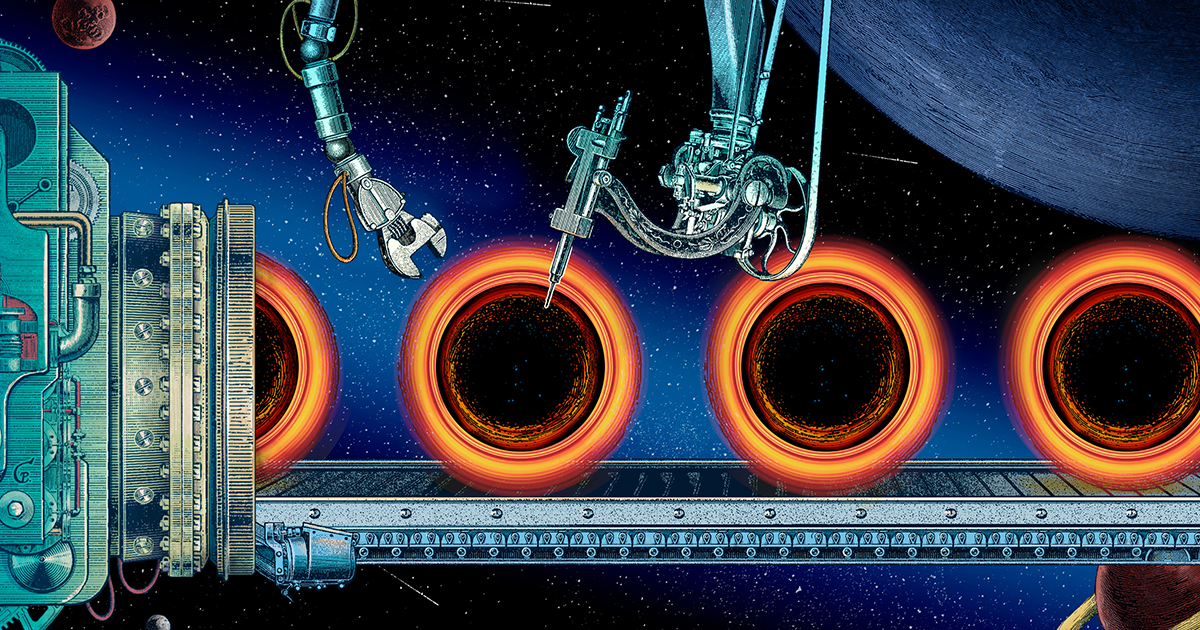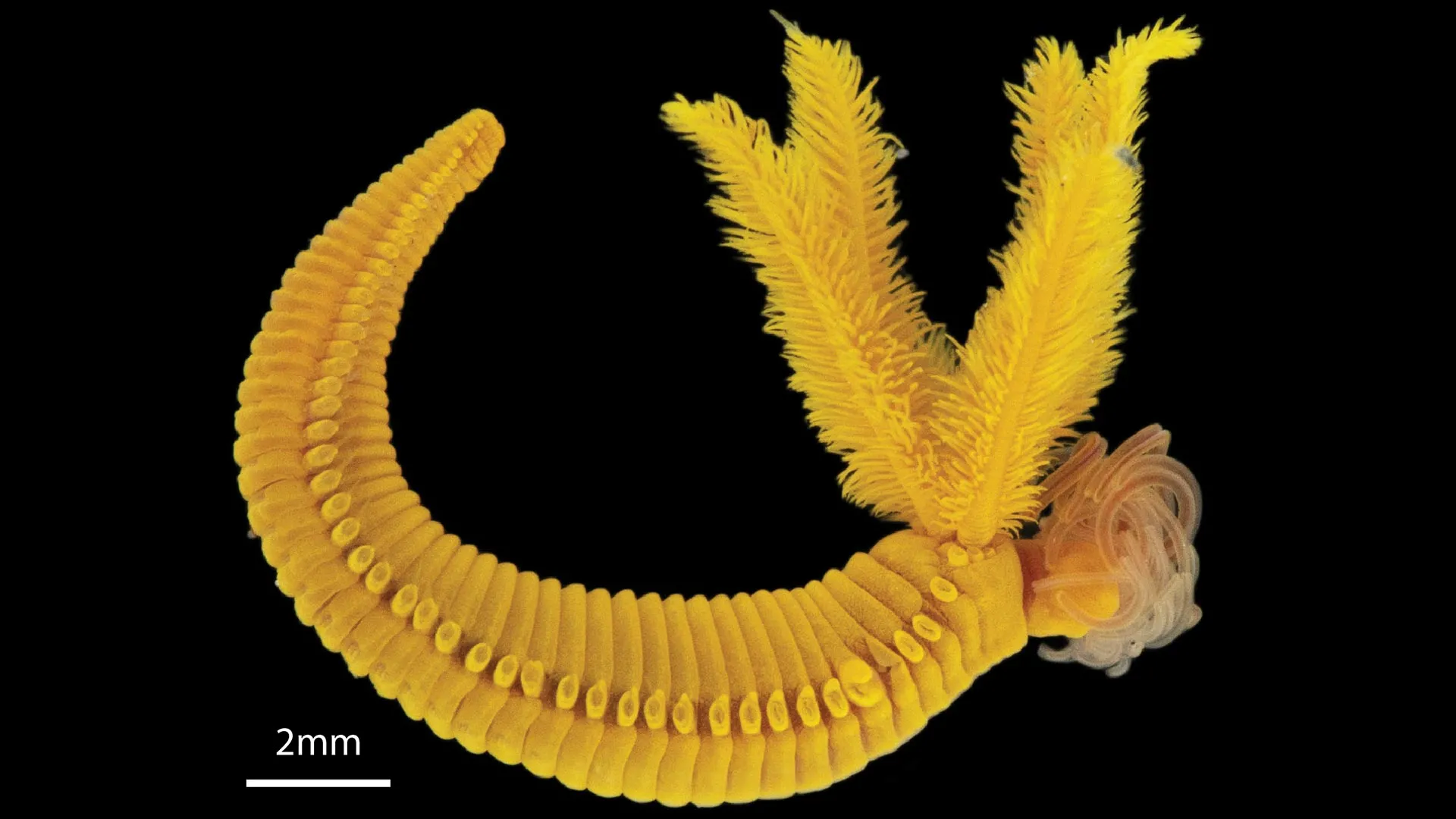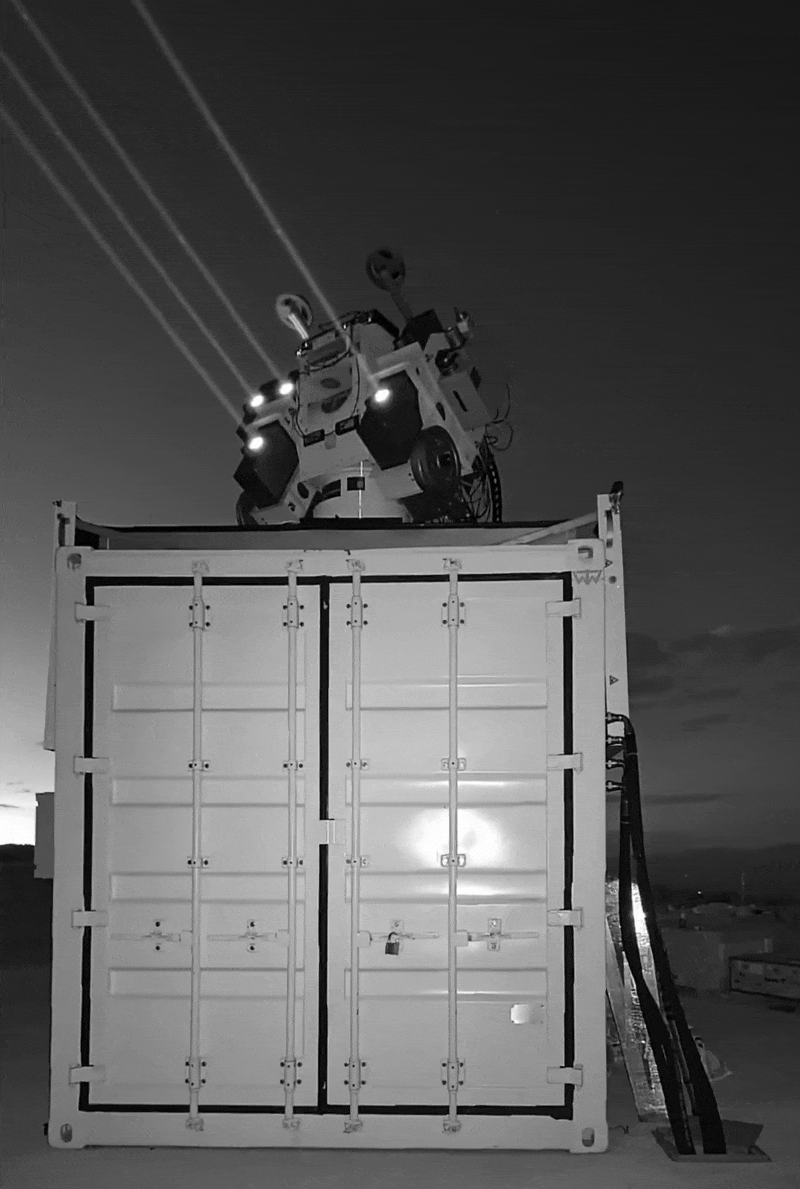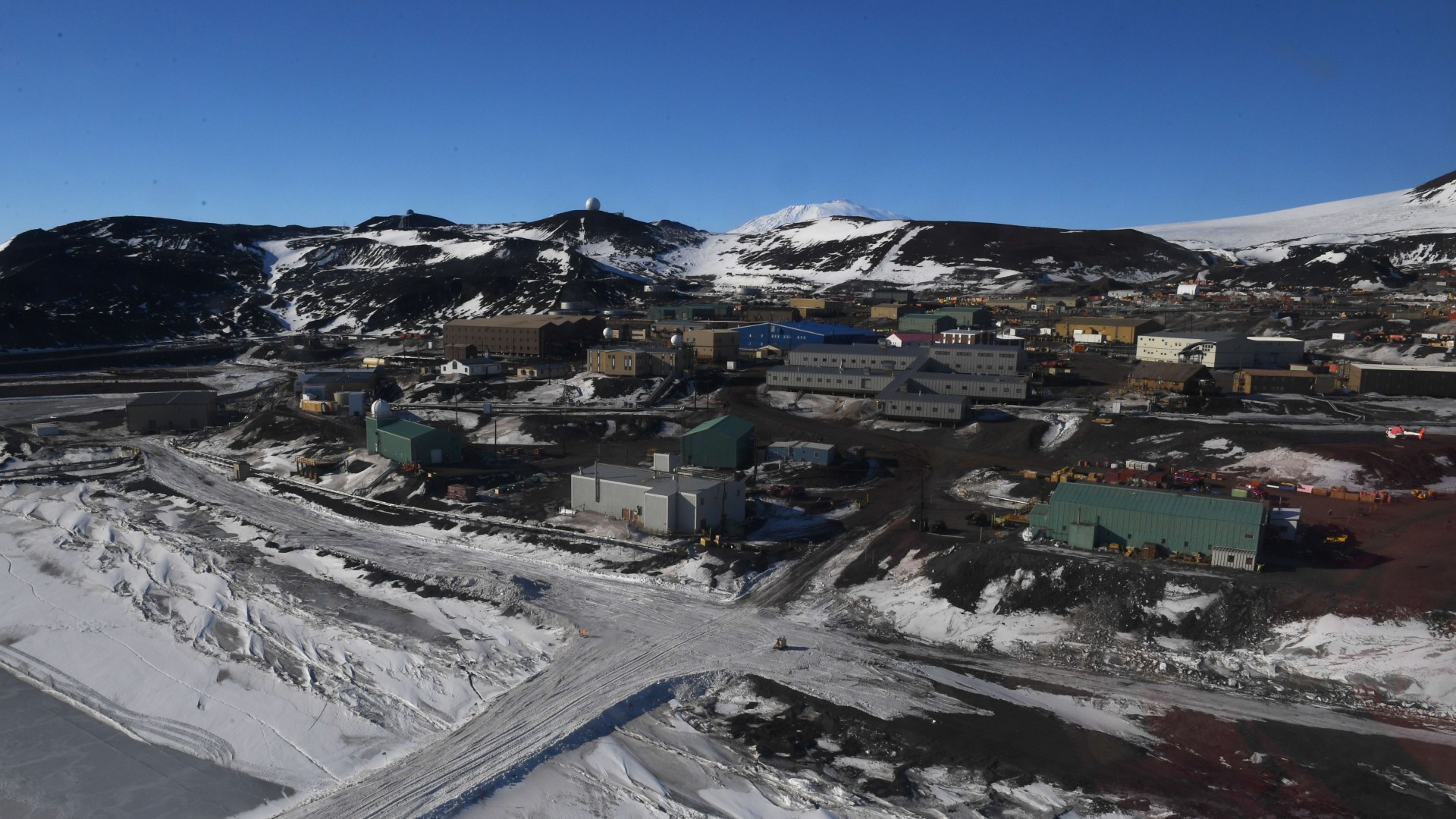An international team of astronomers, co-led by researchers at University of Galway, has made the unexpected discovery of a new planet.
Detected at an early stage of formation around a young analog of our own Sun, the planet is estimated to be about 5 million years-old and most likely a gas giant of similar size to Jupiter.
The study, which was led by Leiden University, University of Galway and University of Arizona, has been published in the international journal Astrophysical Journal Letters.
The ground-breaking discovery was made using one of the world’s most advanced observatories — the European Southern Observatory’s Very Large Telescope (ESO’s VLT) in the Atacama Desert in Chile.
To coincide with the research being published, the European Southern Observatory — the world’s foremost international astronomy organization — has released a stunning image of the discovery as their picture of the week. View images here.
The new planet has been named WISPIT 2b.
Dr Christian Ginski, lecturer at the School of Natural Sciences, University of Galway and second author of the study, said: “We used these really short snapshot observations of many young stars — only a few minutes per object — to determine if we could see a little dot of light next to them that is caused by a planet. However, in the case of this star, we instead detected a completely unexpected and exceptionally beautiful multi-ringed dust disk.
“When we saw this multi-ringed disk for the first time, we knew we had to try and see if we could detect a planet within it, so we quickly asked for follow-up observations.”
It is only the second time a confirmed planet has been detected at this early evolutionary stage around a young version of our Sun. The first one was discovered in 2018, by a research team also involving Dr Ginski.
WISPIT 2b is also the first unambiguous planet detection in a multi-ringed disk, making it the ideal laboratory to study planet-disk interaction and subsequent evolution.
The planet was captured in near infrared light – the type of view that someone would see when using night-vision goggles — as it is still glowing and hot after its initial formation phase.
The team at Leiden University and University of Galway captured a spectacular clear image of the young proto-planet embedded in a disk gap. They also confirmed that the planet is orbiting its host star.
The planet was also detected in visible light by a team from the University of Arizona using a specially designed instrument. This detection at a specific wavelength or color of light indicates that the planet is still actively accreting gas as it is forming its atmosphere.
WISPIT 2b was detected as part of a five-year observational research project during which the international team sought to establish whether wide orbit gas giant planets are more common around younger or older stars. This led to the unexpected discovery of the new planet.
Dust and gas rich disks around young stars are the birth cradles of planets. They can look quite spectacular with many different structures such as rings and spiral arms, which researchers believe are related to planets forming within them. The disk around WISPIT 2b has a radius of 380 astronomical units — about 380 times the distance between Earth and the Sun.
Dr Ginski added:”Capturing an image of these forming planets has proven extremely challenging and it gives us a real chance to understand why the many thousands of older exoplanet systems out there look so diverse and so different from our own solar system. I think many of our colleagues who study planet formation will take a close look at this system in the years to come.”
The study was led by an early career PhD student, Richelle van Capelleveen from Leiden University and co-led by a graduate student team at University of Galway.
The research findings were co-authored by Dr Ginski and three Physics graduates students who are specializing in Astrophysics at University of Galway.
A companion study by the University of Arizona was led by Professor Laird Close, where observations were triggered based on the information shared about the new disk by the University of Galway and Leiden University team.
Richelle van Capelleveen said: “Discovering this planet was an amazing experience — we were incredibly lucky. WISPIT 2, a young version of our Sun, is located in a little-studied group of young stars, and we did not expect to find such a spectacular system. This system will likely be a benchmark for years to come.”
Dr Ginski said: “We were so fortunate to have these incredible young researchers on the case. This is the next generation of astrophysicists who I am sure will make more breakthrough discoveries in the years to come.”
Chloe Lawlor, PhD student in Physics with a specialization in Astrophysics at University of Galway, said: “I feel incredibly fortunate to be involved in such an exciting and potentially career defining discovery. WISPIT 2b, with its position within its birth disk, is a beautiful example of a planet that can be used to explore current planet formation models. I am certain this will become a landmark paper, owing particularly to the work of Richelle van Capelleveen and her exceptional team.”
Jake Byrne, MSc student in Physics with a specialization in Astrophysics at University of Galway, said: “The planet is a remarkable discovery. I could hardly believe it was a real detection when Dr Ginski first showed me the image. It’s a big one — that’s sure to spark discussion within the research community and advance our understanding of planet formation. Contributing to something this impactful, and doing so alongside international collaborators, is exactly the kind of opportunity early-career researchers like Chloe, Dan and I dream of.”
Dan McLachlan, MSc student in Physics with a specialization in Astrophysics at University of Galway, said: “In my experience so far working in astronomy, sometimes you can get so focused on a small task and you forget about the big picture, and when you zoom out and take in the magnitude of what you are working on it shocks you. This was one such project (an exoplanet direct detection!) and it was such a mind-blowing thing to be a part of. I feel so well treated by the University of Galway Physics department and especially my supervisor Dr Christian Ginski to have provided me with the opportunity to be part of such an exciting project.”
